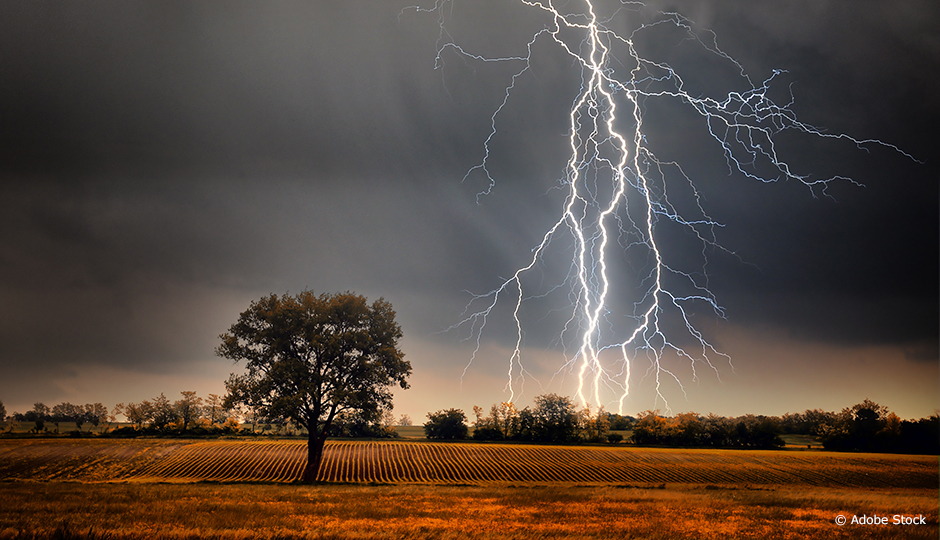Montréal was paralyzed by a torrential rainstorm on May 29, 2012. A number of streets were transformed into swimming pools and uprooted trees dotted the landscape... The damages amounted to over 200 million dollars. Daniel Kirshbaum, a professor in the Department of Atmospheric and Ocean Sciences at McGill University, examined 22 years of Québec storm data in an effort to improve our understanding of the fury of Mother Nature. The researcher observed that under favorable weather conditions, mountains and lakes play a major role in the formation of storms. He also found that the Trois-Rivières and Gatineau regions are convection hotspots within southern Québec.
Under favorable weather conditions, mountains and lakes play a major role in the formation of storms.
After analyzing 22 years of climatology data from McGill’s weather radar, which is part of Environment Canada’s weather network, Kirshbaum and his team observed that some regions are more prone to the formation of storm cells. Why is that? Daniel Kirshbaum speculated that topography may be a factor. After all, if the high mountains of the USA stimulate the initiation of storms, why not the modest peaks of Québec? To test his theory, the researcher developed a numerical model that incorporates complex topographical data—mountains, valleys, lakes, etc.—and simplifies atmospheric variables such as humidity and temperature. He then simulated the likelihood of storm formation.
The result: the numerical model identified the same hotspots as the radar images. Moreover, for the first time, the model provides a scientific explanation of how mountains and lakes influence storm formation in Québec, for example, when a mass of air moving through the St. Lawrence Valley meets air moving down off a mountain.
Professor Kirshbaum’s model will help meteorologists to know where to watch for the formation of storm cells, and hydroelectric power companies to forecast storm water inflow for the production of electricity.




